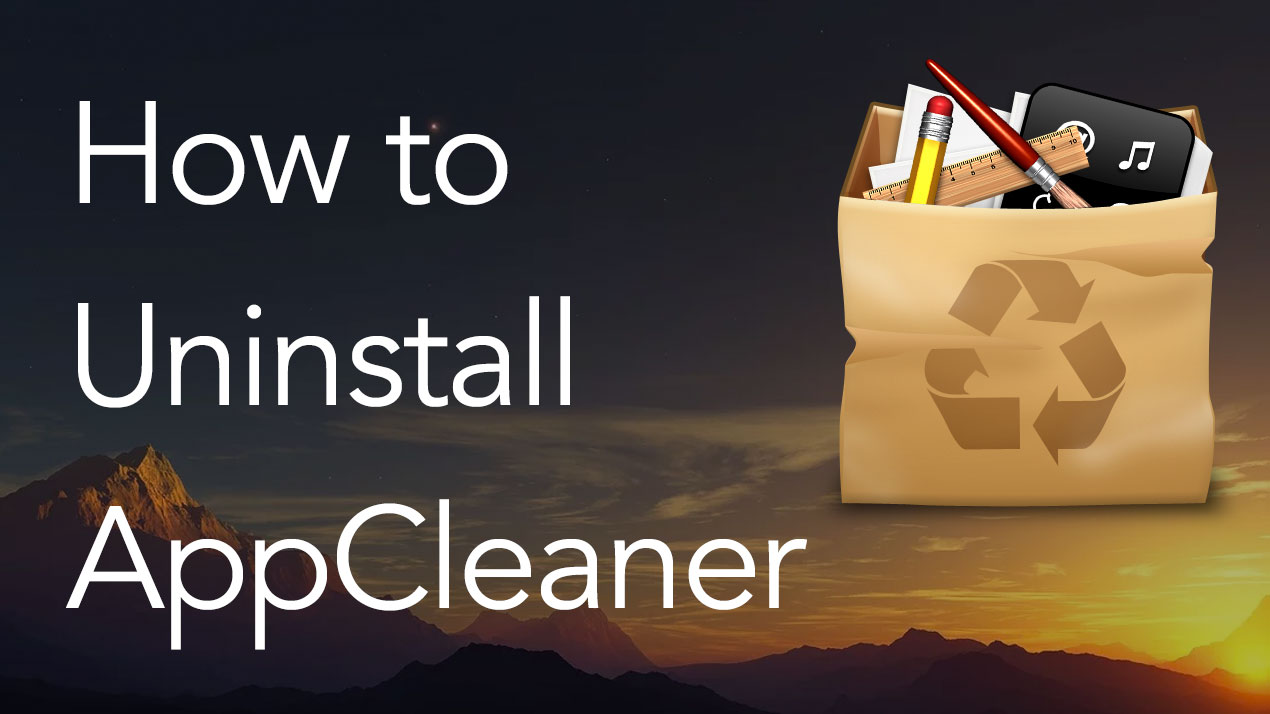

- ONYX FOR MAC OS 10.11.6 HOW TO
- ONYX FOR MAC OS 10.11.6 INSTALL
- ONYX FOR MAC OS 10.11.6 UPGRADE
- ONYX FOR MAC OS 10.11.6 PLUS
Startup Drive not set correctly: This happens from time to time, usually when the install process had a hiccup and you restarted your Mac manually.

If you’re still experiencing long boot times, there are a couple of solutions to try. It’s normal for the initial boot after the installation of macOS High Sierra to take a long time, but after that, boot time should return to normal. I’ve heard of a few instances where boot time for High Sierra is being reported as longer than usual, if not excessively long. MacOS High Sierra Increases Time It Takes to Boot
ONYX FOR MAC OS 10.11.6 HOW TO
You can find instructions for how to do this in the article: Tech 101: How to Clear Cache and Temp Files from Mac OS. The cache files are designed to improve performance, but if the files are damaged, they can do just the opposite.Ĭache and temp files can be removed, allowing apps the ability to rebuild these files as needed, and hopefully get your Mac working as it should. Once you find out which apps are causing performance issues, check with the app developer to see if updates are available for High Sierra, or are in the works.Īnother app-related issue that can cause performance issues is damaged cache files used by apps. (Activity Monitor can show you which apps are resource hogs and slowing down your Mac.) You can check your apps’ affinity for gobbling up resources by using the Activity Monitor, as outlined in the article: Tech 101: How to Troubleshoot a Slow Mac. This sudden need for excessive RAM, CPU, and GPU resources can sometimes be attributed to apps needing to be updated to work correctly with the new OS. The best course to take here is to simply wait the process out.Īnother common issue you may encounter is apps using your Mac’s resources like they’re at an all-you-can-eat buffet.
ONYX FOR MAC OS 10.11.6 UPGRADE
The Photos reindexing issue was more prevalent for the upgrade to macOS Sierra, but if you’re making the jump to High Sierra from El Capitan or earlier, you’re going to have to endure a performance penalty imposed by Photos reindexing your image libraries.


If you have a large photo library, the reindexing and scanning of images for the facial recognition feature can put a serious hurt on overall performance. To remove the startup drive and allow indexing to continue, select it from the Privacy tab and click the minus (-) button.Īnother app that can cause a temporary slowdown as it performs its own index and scan is the Photos app. I highly recommend that you remove the startup drive from the privacy list as soon as possible to ensure that all of the Mac’s search functions will work correctly. You should only add the startup drive to the privacy list as a temporary measure. The startup drive will be added to the Spotlight privacy list and indexing for the drive will stop. You’ll be asked if you really want to prevent Spotlight from searching in Macintosh HD. In the list that opens, use the sidebar to select your Mac (it will be listed under Devices), and then select the startup drive, usually named Macintosh HD.
ONYX FOR MAC OS 10.11.6 PLUS
In the Spotlight window, select the Privacy tab.Ĭlick the plus (+) button in the bottom left corner of the window. Launch System Preferences, and select the Spotlight Preference Pane. If you can’t wait for the indexing to be done, you can disable indexing using these instructions: Once the indexing is finished, your Mac’s performance should return to normal. Thankfully, this is only a temporary problem. Spotlight needs to build an accurate index of the files on your Mac so that search results are fast and correct. (Adding a drive to Spotlight’s Privacy tab prevents it from indexing the volume.) The indexing process can really slow things down after an upgrade since the startup drive had a lot of information changed on it. One of the perennial performance hits that occurs after a Mac operating system upgrade is Spotlight indexing the startup drive, or for that matter, any new drive(s) you may have added recently. If you’re experiencing speed issues after installing macOS High Sierra, give these tips a try. Luckily, such problems are usually temporary or easy to fix. In most cases, performance remains about the same, with any efficiencies in the new OS offset by new features that take more than their fair share of your Mac’s resources.īut sometimes after installing a new OS, your Mac may seem to have had its performance rug pulled out from under it. Most of the time, upgrading to a new version of the Mac operating system doesn’t bring performance increases. You just upgraded to macOS High Sierra and you’re amazed at the overall performance improvement you’re experiencing on your Mac.


 0 kommentar(er)
0 kommentar(er)
